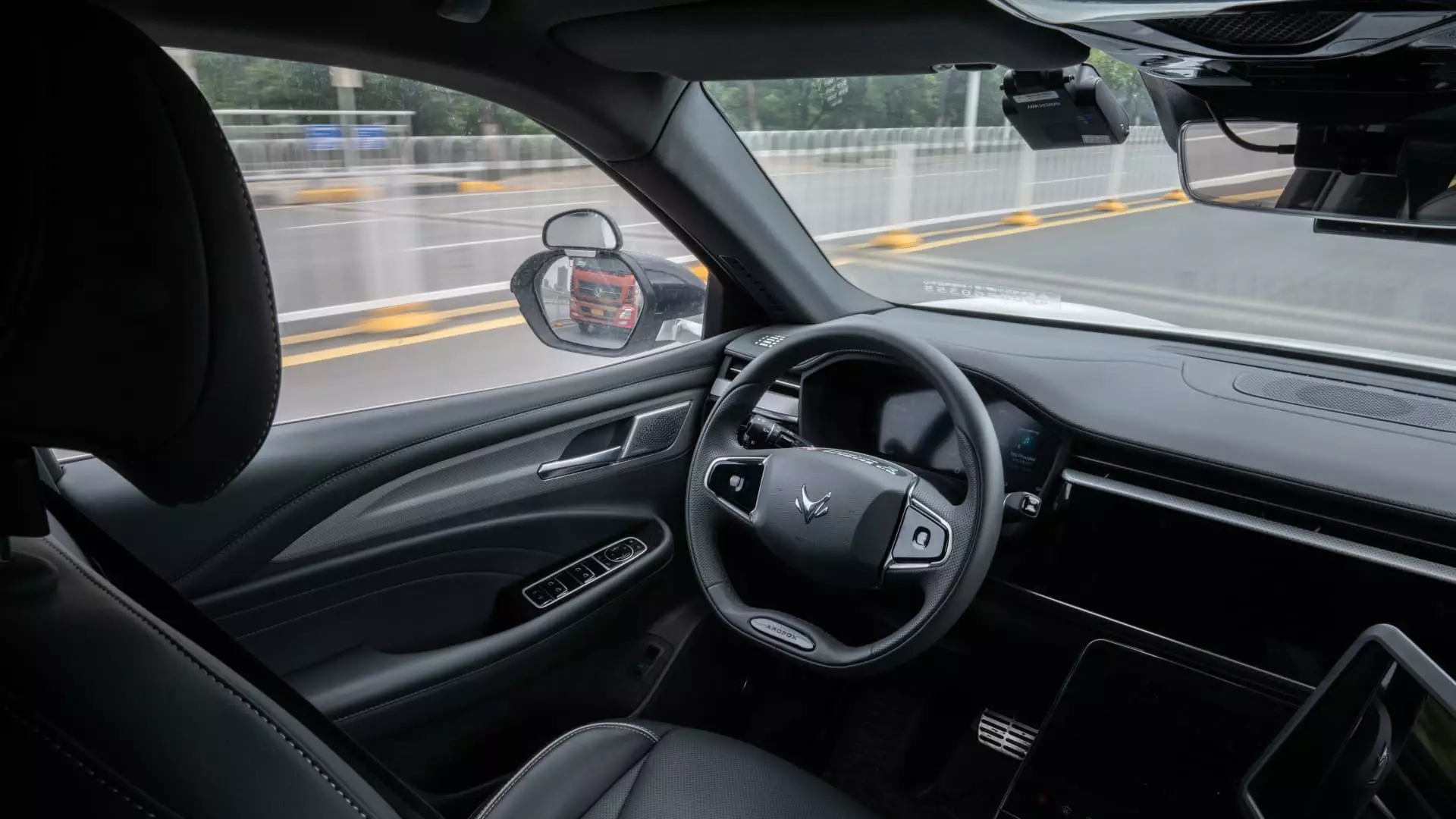China’s extensive development of robotaxis is gaining popularity among consumers but poses a significant threat to traditional taxi drivers who fear losing their jobs due to increased competition. While companies like GM’s Cruise and Alphabet’s Waymo have introduced driverless taxis in the US, local Chinese governments have permitted domestic players to offer robotaxi services to the public as well. This has sparked a wave of interest in robotaxis in China, with social media platforms buzzing about the latest advancements in autonomous driving technology.
The rising trend of robotaxis in China is evident from the growing adoption of Baidu’s robotaxi unit Apollo Go, which has become one of the top trending topics on social media platforms like Weibo. The company has deployed fully driverless vehicles in Wuhan, with plans to expand its fleet to 1,000 by the end of the year. The increased attention on robotaxis has prompted speculation about a nationwide rollout, raising concerns among traditional taxi drivers about the potential impact on their livelihoods.
The emergence of robotaxis has exacerbated the challenges faced by traditional taxi drivers, as they struggle to compete with fully autonomous vehicles that offer convenient and cost-effective transportation services. Reports of falling income and reduced fleet sizes have raised alarm bells within the taxi industry, prompting demands for government intervention to protect their livelihoods. The slowdown in wage growth and increasing competition from ride-hailing apps have further deepened the plight of traditional taxi drivers in China.
To address the growing concerns surrounding the rise of robotaxis, some local governments in China have imposed restrictions on the ride-hailing industry. Cities like Guiyang and Guyuan have suspended new ride-hailing licenses and online businesses to mitigate oversaturation in the taxi market. Despite these efforts, the number of ride-hailing drivers in China continues to rise, posing a threat to the stability of the traditional taxi industry.
As China accelerates its efforts to promote cloud-connected cars and autonomous driving technology, the future of the robotaxi industry remains uncertain. The introduction of pilot regions for low-speed unmanned vehicles and the designation of initial pilot cities signal the government’s commitment to advancing autonomous driving technology. However, the widespread adoption of robotaxis raises questions about the feasibility of replacing human drivers with fully autonomous vehicles.
The rise of robotaxis in China presents a complex and challenging landscape for traditional taxi drivers, who are facing increased competition from fully autonomous vehicles. While the adoption of autonomous driving technology offers convenience and efficiency for consumers, it poses a significant threat to the livelihoods of taxi drivers. As the government implements regulations to manage the growth of the robotaxi industry, it is crucial to consider the impact on traditional taxi drivers and work towards a sustainable and equitable transportation ecosystem.

